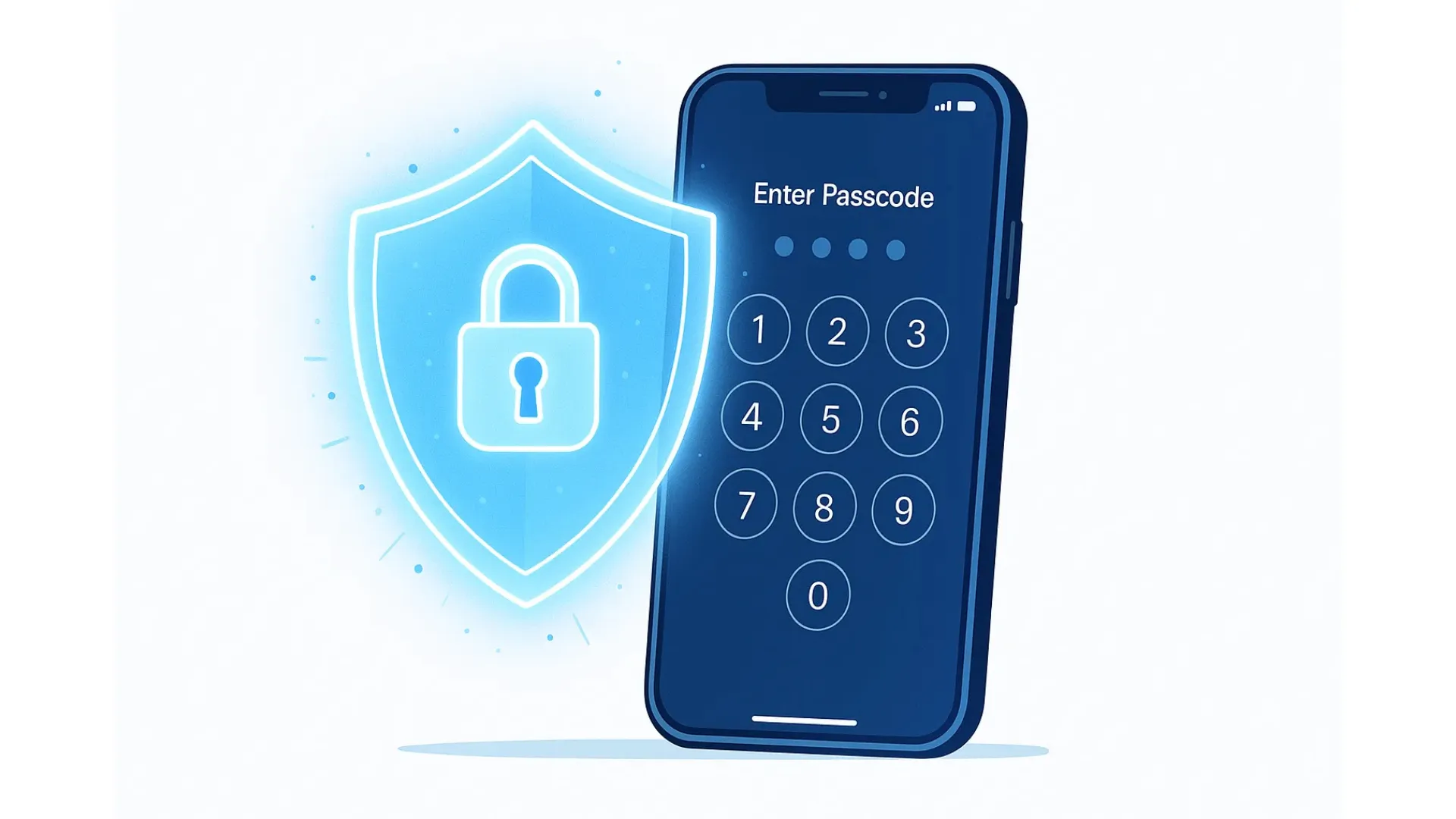Ever picked up your iPhone or iPad, ready for a quick unlock with your face or fingerprint, only to be greeted with the message: "Your passcode is required to enable Face ID/Touch ID"? In that split second, panic can set in. Is it broken? Is the system glitching? Hold on! Don't worry. This isn't a bug; it's a powerful security feature deliberately designed by Apple to keep your data ultra-safe.
Why Does This Happen? A Deep Dive into Security
The heart of this mechanism is a specialized processor called the "Secure Enclave."
Think of the Secure Enclave as a highly secure digital vault, completely isolated from the main processor. Its sole job is to protect your most sensitive data, like your biometric information (Face ID and Touch ID data) and passwords. Your daily face or fingerprint scans are like a convenient "quick-access key."
However, in certain situations, Apple's system requires absolute certainty that the person trying to access the device is the true owner. To do this, it asks for the "master key" to the vault, which is your passcode. This serves as the ultimate identity verification.
When Will Your iPhone Ask for Your Passcode?
Here are the specific scenarios that will trigger this passcode requirement:
- After a Restart: Every time you turn on or restart your device, the system requires the passcode to "wake up" and enable its full security features.
- Device Unlocked for Over 48 Hours: If your device has remained locked for two full days, it will require a passcode for added security.
- Passcode Not Used Recently: If you haven't used your passcode to unlock the device in the last 6.5 days and haven't used Face/Touch ID in the last 4 hours.
- Five Unsuccessful Biometric Scans: After five failed attempts to match your face or fingerprint, the system locks out biometric authentication to prevent unauthorized access attempts.
- After Using Emergency SOS: When you activate the Emergency SOS feature, Face ID/Touch ID is temporarily disabled. This prevents someone from forcing you to unlock your phone.
- Remote Lock Command from Find My: If a remote lock command is sent to your device via the Find My service, a passcode will be required.
- Accessing Sensitive Settings: When you try to view saved passwords or change settings related to your passcode, Face ID, or Touch ID.
So, the next time your iPhone asks for your passcode instead of using biometrics, you can rest assured. Simply enter your correct passcode one time, and Face ID or Touch ID will resume its normal, speedy function. It’s a smart design choice that prioritizes your data's security above all else.

